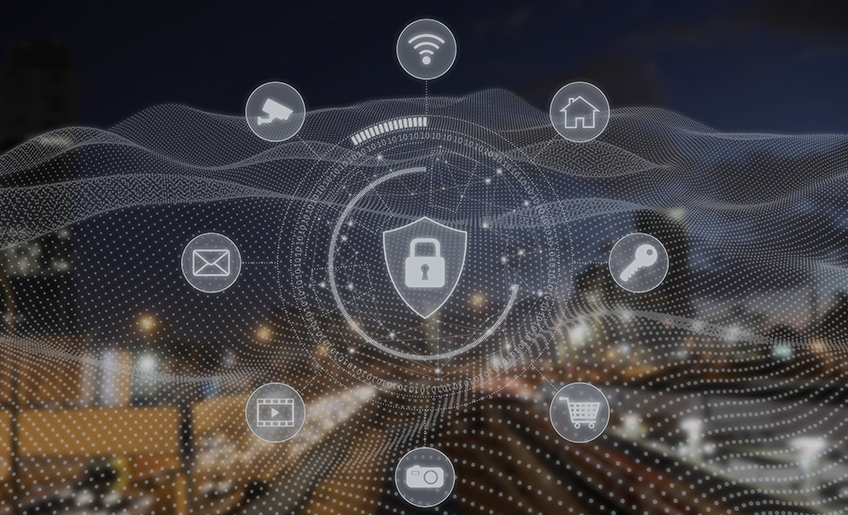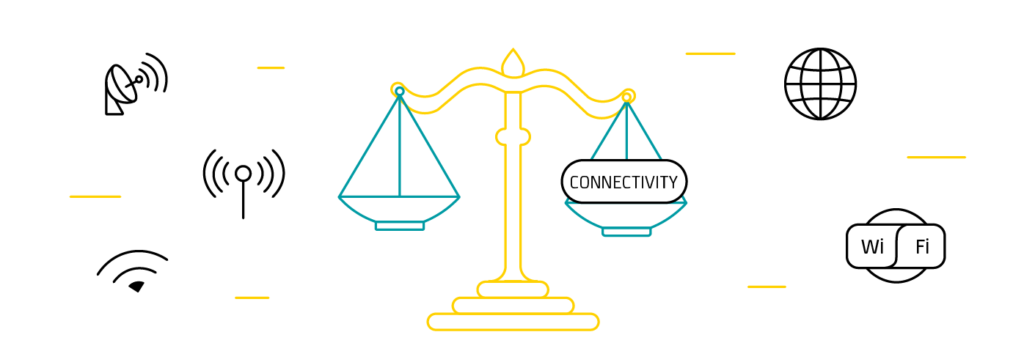Launching a global IoT deployment is a complex yet rewarding endeavor that requires meticulous planning and foresight. The scale and scope of such projects mean that several critical factors must be considered to ensure success. Proper planning helps mitigate risks, optimize performance, and maximize return on investment. In this article, we delve into the key questions to ask before embarking on a global IoT deployment. These questions will guide you through regulatory requirements, connectivity management, security measures, and scalability to ensure a seamless and effective implementation.
Question 1: What are the Regulatory Requirements?

When launching a global IoT deployment, understanding and adhering to the regulatory requirements of each country is crucial. Different countries have varying laws and standards governing IoT devices, including data privacy, spectrum usage, and device certification. These regulations can significantly impact the deployment process, as compliance ensures that your devices are legally allowed to operate in each region.
For more details, check out our article on preparing for the 2G and 3G network sunset.
Importance of Compliance to Avoid Legal Issues
Compliance with local regulations is essential to avoid legal issues that can delay or halt your deployment. Non-compliance can result in fines, confiscation of equipment, or bans on your IoT devices. Therefore, thorough research and adherence to regulatory standards in each target country are vital. This ensures a smooth deployment, minimizes legal risks, and helps build trust with local authorities and customers.
Question 2: How Will You Manage Connectivity?

Managing connectivity for a global IoT deployment presents several challenges. Different regions may have varying network infrastructures, coverage quality, and service providers. Ensuring seamless connectivity across these diverse environments is crucial for the consistent performance of IoT devices. Additionally, roaming charges, network compatibility, and data transmission reliability are significant concerns that need to be addressed.
Solutions for Managing Connectivity Across Different Regions
To overcome these challenges, consider using multi-carrier SIMs that can switch between different networks to maintain strong connectivity. Partnering with global connectivity providers can also ensure wider coverage and better service quality. Implementing IoT platforms that support remote device management and real-time monitoring can help maintain connectivity and quickly address issues. Leveraging technologies like NB-IoT and LTE-M, which are designed for low-power, wide-area connectivity, can further enhance the reliability and efficiency of your IoT deployment.
For more details, explore our guide on Choosing the Right Carrier Technology for IoT Devices.
Question 3: What Are Your Security Measures?

Securing IoT devices and the data they generate is critical for protecting sensitive information and maintaining the integrity of your systems. As IoT devices are often deployed in diverse and sometimes vulnerable environments, they can be prime targets for cyberattacks. Ensuring robust security measures helps prevent unauthorized access, data breaches, and potential disruptions to your operations.
Strategies to Enhance Security in Global IoT Deployments
To enhance security in global IoT deployments, implement the following strategies:
1. Encryption: Use strong encryption protocols to protect data in transit and at rest.
2. Authentication: Employ multi-factor authentication (MFA) to ensure that only authorized users can access IoT devices and data.
3. Firmware Updates: Regularly update device firmware to patch vulnerabilities and enhance security features.
4. Network Security: Utilize secure network protocols and firewalls to protect against unauthorized access and cyber threats.
5. Monitoring and Response: Implement continuous monitoring and incident response plans to quickly detect and mitigate security incidents.
By adopting these strategies, you can significantly reduce the risk of cyberattacks and ensure the security of your global IoT deployment.
Question 4: How Will You Scale and Manage Your Deployment?

Effective scalability planning is essential for managing a large number of IoT devices across different regions. This involves anticipating future growth, ensuring that the network infrastructure can handle increased data traffic, and preparing for the integration of new devices. Scalability planning should also consider the physical logistics of deploying and maintaining devices in diverse locations.
Tools and Platforms to Help Manage Global IoT Deployments
Utilizing IoT management platforms can simplify the scaling and management process. These platforms provide features such as remote device monitoring, automated firmware updates, and data analytics to track device performance and health. Cloud-based solutions enable centralized control and real-time access to device data from anywhere in the world. Additionally, implementing robust inventory management and logistics tools can streamline the deployment and maintenance of IoT devices, ensuring efficient operations as your deployment grows.
For more insights on technology-agnostic IoT solutions, read our article on the Advantages of Technology-Agnostic Internet IoT.
Conclusion
Launching a global IoT deployment requires careful consideration and planning. By asking critical questions about regulatory requirements, connectivity management, security measures, and scalability, you can ensure a successful and efficient implementation.
Exploring these aspects thoroughly will help you navigate the complexities of global IoT deployments and maximize the return on your investment. To learn more about how Wagtel’s IoT solutions can support your global deployment needs, contact us today.






